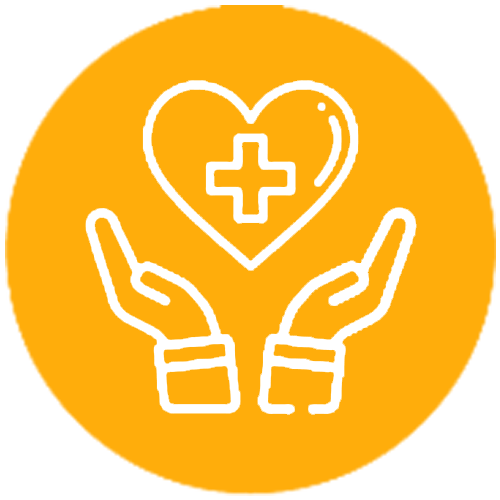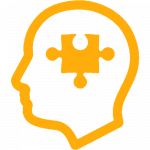Bipolar Disorder / Mania
What is it?
Bipolar disorders are classified under mood disorders. These are episodic illness meaning the person may be excited for some period and depressed later, and in between episodes function well.
What is Mania?
It is a mood disorder where the person shows an extreme expression of mood (happiness), increased energy, reduced sleep, thinks very highly of himself, and excessive plans, which are often unrealistic, excessive spending, and sometimes hypersexual.
All the above starts within few days and leading to social- occupational disruption.


When it occurs
Persons with bipolar disorders may have Depression or Mania occurring episodically. If the person is in mania today, he may develop a Depressive episode soon after the current manic episode or few months or even years later. In between episodes, they are usually “euthymic” (normal mood).
Who gets it?
Again as with schizophrenia, bipolar disorders are found in all forms of community, social caste, religion or nation. The equal incidence in male and females. Roughly 1% of the population is affected by Bipolar disorder.
When do they get it?
Bipolar disorder usually affects young people; onset is often in adolescents following a life event or following drug abuse like cannabis
Why do they get it?
Again as with schizophrenia, there are multiple etiological factors combined together to trigger an episode
In bipolar disorder, it’s the combined interaction of genes, environment and personality factors
- The genes.
Bipolar disorders are more genetically transmitted than any other psychiatric disorder.
If a parent has bipolar disorder, then the chance for their son or daughter is up to 8 times than any other, and if both the parents have, then it is 40 times more.
- The life events
Various life events can trigger mania or depression
Events like death, loss of a job or financial loss are the common precipitating events
Often it is found loss of “self-esteem” acts as a trigger in the development of the bipolar disorder.
A 25-year-old man educated 9th, working in a garment shop earns Rs 8000/month, seeking a marriage alliance with a girl in the neighbourhood, the girls family accepted him. In contrast, the girl though a poor, unemployed graduate, rejected him, saying he is not up to her expectations and less educated. This had a blow to the self-esteem of our boy, who suddenly started showing symptoms of mania.
- The electrophysiological dysfunction
Changes in the electric gradient concentration across the membranes of nerves in the brain can trigger mania or depression.
Excess activity of certain neurotransmitters like glutamate at NMDA receptors leads to overexcitation of certain neurons.
- The psychodynamic causes
Psychologists postulated that mania is a defence against depression.
Mania acts as a compensatory reaction secondary to severe depression or an unconscious fulfilment of a person’s aspirations to be loved worthy, superior, and flawless.
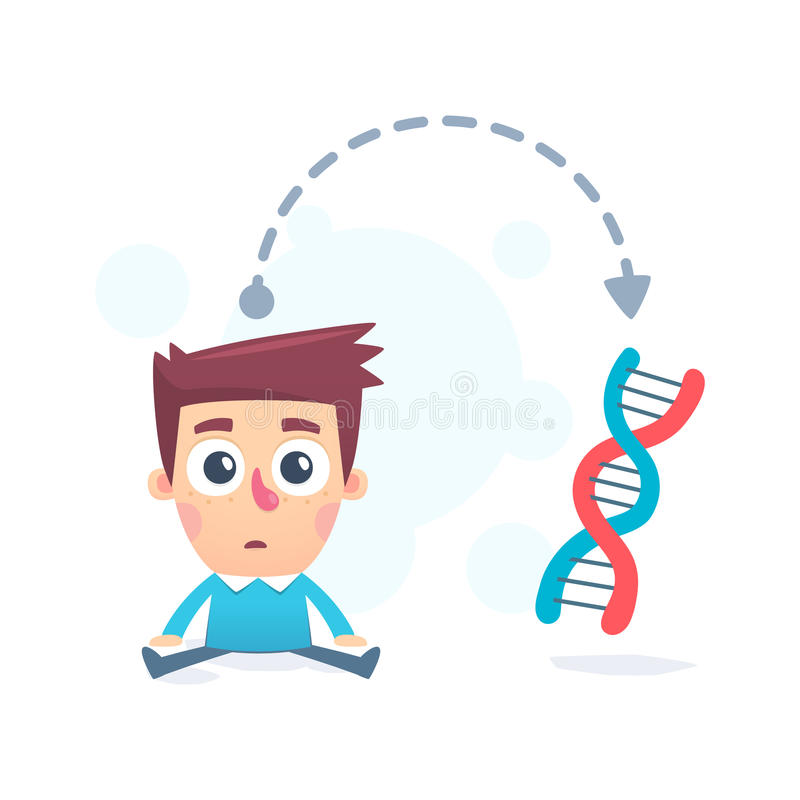
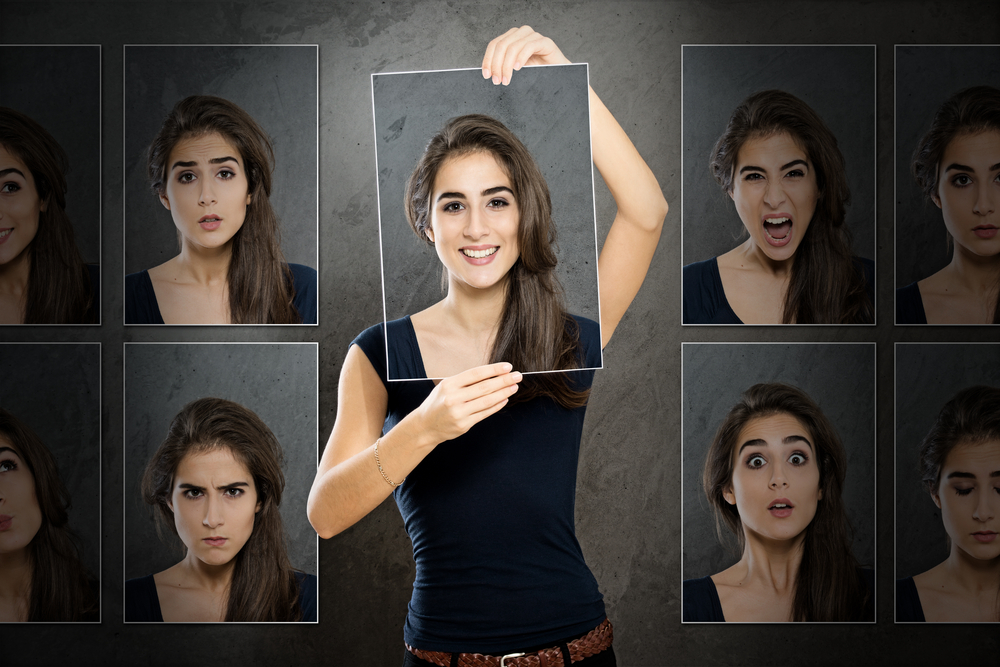
3. The Personality: Bipolar disorder is common in certain personality traits
- Hyperthymic: The patient is as, by nature, overconfident, boastful, humorous, optimistic, short sleeper, overactive, high energetic, full of plans and stimulus seeking. They are usually high achiever but may be short-tempered.
- Cyclothymic temperament:-These persons may swing between high and low moods lasting for days to weeks. They may be active, confident, energetic for a week, and dull, low mood, and express hopelessness in the subsequent week, which would be their nature.
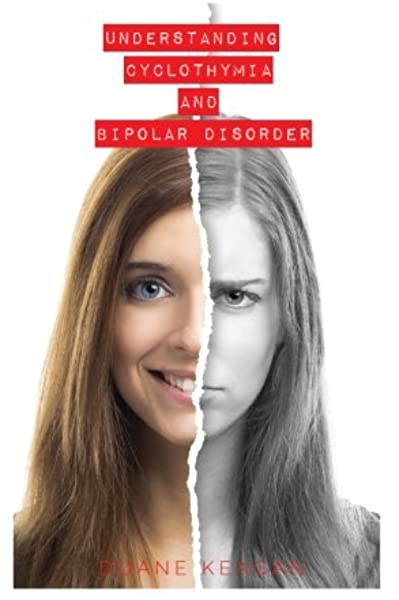
The Symptoms of Mania
Elated mood: the patient is happy, makes others happy, cracks jokes, laughs loudly, found singing or humming most of the time. Happiness can be noticed from a distance through his facial expression (affect), gait, and gestures.
Often during the heights of laughter, he may suddenly cry aloud
Pressured speech: manic patients speak continuously, without any pause; the difficult to interrupt is diagnostic of mania. They talk about various topics and often jump from one to another.
Flights of ideas: they may speak continuously on various topics, often with little or no connection in between, the patient may subjectively say they have racing thoughts
High self-esteem: the patient may boast of themselves, no inhibitions while conversing with higher authorities, may voluntarily quarrel for rights of them or others
Grandiosity: the person think high, something special, they have a special talent that others can’t, received powers from God, attained a post- police commissioner, or CM/PM, often they think they are GOD or have earned crores of rupees.
These thoughts may turn into action, where they firmly believe it and even act on it. For example, they may start blessing people as they think they are GOD – at this juncture, it is considered “Grandiose delusion”.
Reduced sleep or decreased need for sleep: here the patient is active the whole day and sleeps less, often say they don’t require sleep as do the common public
Psychomotor agitation: the person is found full of energy day and night, walking, climbing, running, moving all through the night, yet does not feel tired.
Increased goal-directed activity: the agitation, grandiose thoughts, high self-esteem, sleepless nights, heightened energy would turn into a new task that they are preoccupied with and strive to accomplish, ending up in failure to poor planning, distraction and limited time.
Increased pleasure-seeking: during the manic episode, due to his extreme happiness, hyperactivity may involve a task that gives pleasure either in gambling, betting, reckless driving, excessive spending, and sexual promiscuousness. All can lead to complete loss of savings, health and can even acquire Sexually transmitted diseases.

Mr X, during his manic episode, had plans of building a temple in his village, collected donations for it somehow obtained land, laid the foundation, but later found authorities do not approve it, the construction was halted. Meanwhile, his symptoms subsided, and now he seemed not bothered about the task.
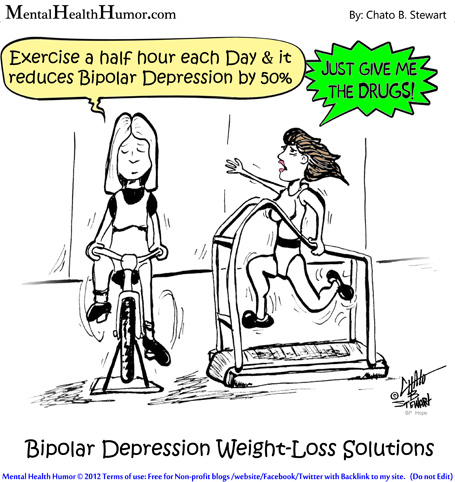
How is it diagnosed?
Mania is diagnosed when there is a recent change in the mood and thus the behaviour of the person with at least four or more of the above symptoms lasting continuously for a week and causing disturbances both socially and occupationally
Other associated features
- Alcohol consumption
- Rash driving
- Sexual abuse, rape, promiscuity.
- Excessive expenditure, buying unwanted things, new investments, loss of income and savings
- May quarrel with employer saying they’ll start their own thus losing a job
- Or may quarrel with law enforcers
What are the consequences of the disorder?
A manic episode severely hampers the individual both socially and occupationally. Usually, the person may lose his job or may get into custody or marital breakup
What next?
Usually, these patients are brought to the hospital by the relatives at times by Police. Should be admitted immediately depending on the severity of the symptoms.
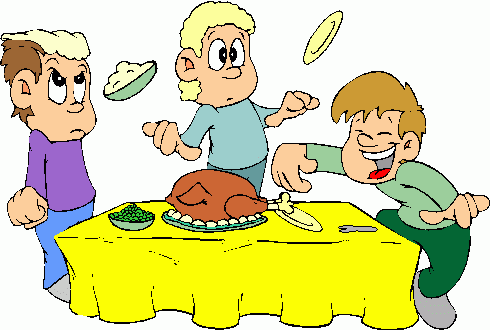
Management
Drugs
These are called mood stabilizers.
The commonly used mood stabilizers are :
- Lithium 300-1200mg
- Divalproex 500-2000mg
- Carbamazepine 300-1200mg
- Antipsychotics like Haloperidol (10-20mg), Resperidone (2-6mg), Olanzepine (10-20mg), Quitiapine (100-600mg) are frequently used as adjutants.
- Benzodiazepines like Clonazepam (0.5-2mg), Lorazepam (2-6mg) help insomnia and agitation.
- Injectable preparations like Haloperidol or Lorazepam injections are useful in uncooperative patients or patients with severe agitation.
Role of ECT
ECT again a good option for these patients as these patients are often non-compliant and have poor insight into their illness. Also helpful in controlling agitation and grandiose delusions.
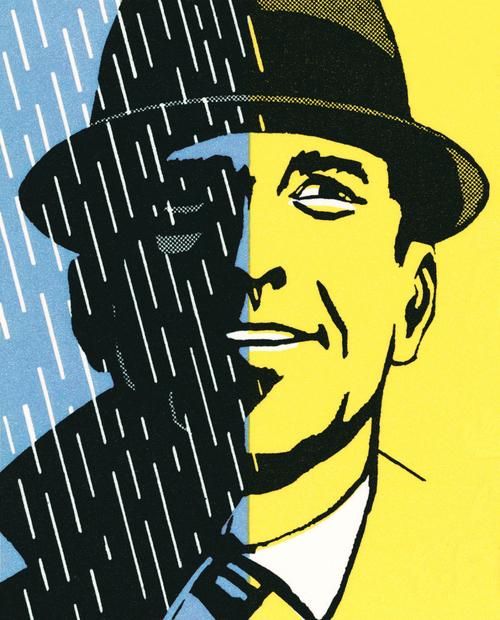
When the patient goes for depression?
Any time – a few months or years.
Quite often, the patients turn into depression soon after a manic episode.
Or a Depressed person may shift to mania within days.
Are the Depression in Bipolar disorders is different?
Patients in the Depressive phase of Bipolar disorder are found lethargic, excessive sleep, low mood most of the day, lose interest in work, hopeless, death wishes and suicidal. The latter is common during a transition from one polarity to another.
How Bipolar depression treated?
The mood stabilizers should be continued and added with either of the two drugs which are approved for bipolar depression.
- Lamotrigine 25-200mg (gradual titration)
- Quitiapine 50-300mg
Antidepressants though treat the depression but high risk of switch to mania hence generally avoided.
How to prevent manic or depressive episodes?
Drugs and psychoeducation.
Mood stabilizers should be continued for a year after the first manic episode and can taper in the subsequent year. If there is recurrence during tapering doses or following stopping drugs, it must be continued for long.
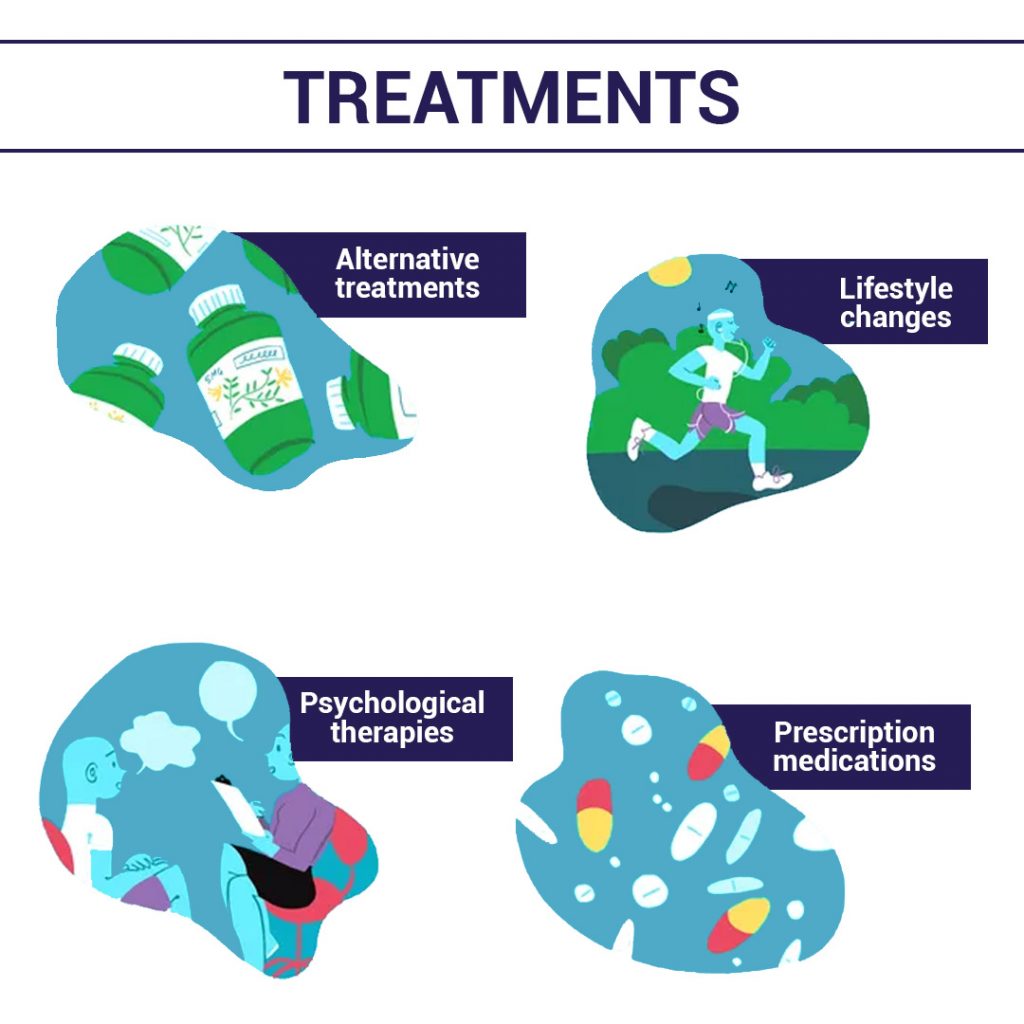
What is Psychoeducation?
Every individual and his family members, most importantly, his or her spouse, should be taught about bipolar disorder, the features of a manic episode and depression.
They should be psychoeducated about the cause and the need to continue the drugs. And bring the patient for follow up or at the earliest appearance of symptoms.
Prognosis:
Bipolar disorder usually has a good prognosis compared to schizophrenia; usually, there is remission between episodes and good functioning.
Onset with a stressor, good premorbid functioning, good family support, good insight and compliant with medications carries a Good prognosis
Adolescent onset, family history of mania/psychosis, presence of substance use (alcohol, cannabis), childhood ADHD, conduct traits, cluster B traits, multiple episodes due to poor drug compliance carries a poor prognosis.








